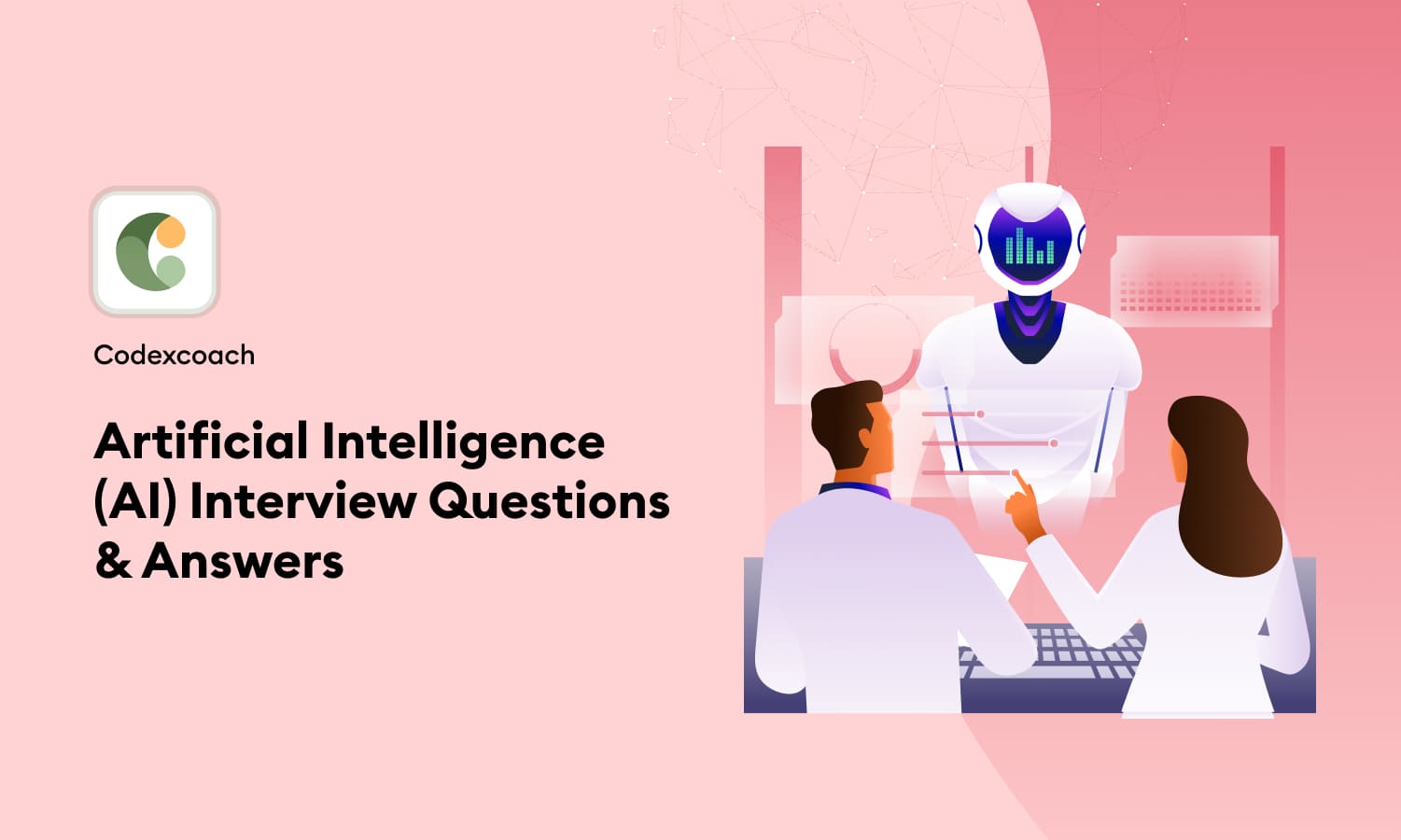Full Stack Developer interviews often encompass a broad range of topics, testing the candidate’s proficiency in both front-end and back-end technologies. These questions delve into various aspects of web development, including programming languages, database management, software architecture, and best practices. They aim to assess the applicant’s technical skills, problem-solving abilities, and understanding of the complete software development lifecycle, from concept to deployment.

What is a Full Stack Developer?
A Stack Developer is a professional who can handle both front-end and back-end aspects of web applications. They are proficient in various programming languages and technologies like HTML, CSS, JavaScript, and server-side languages, enabling them to develop complete web applications.
Explain the MVC architecture.
MVC (Model-View-Controller) is a design pattern used in software development. The ‘Model’ represents the data structure, the ‘View’ is the user interface, and the ‘Controller’ handles the business logic and connects the Model and View. This separation allows for modular, maintainable, and scalable application development.
Know more: Becoming a JavaScript Full Stack Developer: A Step-by-Step Guide
What are RESTful web services?
RESTful web services are APIs that follow the principles of REST (Representational State Transfer). They use HTTP requests to access and manipulate data, employing standard HTTP methods like GET, POST, PUT, and DELETE. These services are stateless and provide a way for applications to interact over the web.
How do you manage state in a React application?
State in a React application can be managed using the built-in useState hook for local component state, or using state management libraries like Redux for global state. Context API is also a choice for sharing state across multiple components without prop drilling.
What is the importance of database indexing?
Database indexing is crucial for improving the speed of data retrieval operations in a database. An index creates an entry for each value and thus reduces the amount of data the database engine has to scan when searching for specific data. This speeds up query performance significantly.
Can you explain the concept of a Single Page Application (SPA)?
A Single Page Application (SPA) is a web application that dynamically rewrites the current page rather than loading entire new pages from the server. This approach avoids interruption of the user experience between successive pages, making the application behave more like a desktop application.
What are some security best practices for full-stack development?
Key security practices include validating and sanitizing user input to prevent SQL injection and XSS attacks, implementing proper authentication and authorization checks, using HTTPS for data transmission, and keeping software dependencies up-to-date to avoid vulnerabilities.
How do you ensure your code is scalable and maintainable?
To ensure scalability and maintainability, follow coding standards and best practices, use version control systems, write clean and modular code, document your code properly, and write tests to cover different aspects of your code. Refactoring regularly and keeping an eye on performance metrics also helps.
What is the difference between SQL and NoSQL databases?
SQL databases are relational, table-based databases, whereas NoSQL databases are non-relational and can be document-oriented, key-value pairs, wide-column stores, or graph databases. SQL databases are better for complex queries, while NoSQL databases offer more flexibility and scalability.
How do you handle error logging and monitoring in your applications?
Error logging and monitoring can be handled using tools like Sentry, LogRocket, or custom logging mechanisms. It’s important to capture and log errors efficiently, enabling alerts for critical issues, and continuously monitor applications for uptime and performance issues.
Explain the concept of responsive design.
Responsive design is a web development approach that creates dynamic changes to the appearance of a website, depending on the screen size and orientation of the device being used to view it. This is achieved through flexible layouts, images, and CSS media queries.
How do you prioritize tasks in a full-stack project?
Prioritizing tasks in a full-stack project involves understanding the project requirements, business goals, and deadlines. Critical features and functionality that impact the user experience or core business operations should be prioritized. Agile methodologies like Scrum can be useful in managing and prioritizing tasks.
Explain the concept of containerization and its benefits.
Containerization involves encapsulating an application and its dependencies into a container that can run on any computing environment. This promotes consistency across development, testing, and production environments, and enhances scalability and efficiency. Tools like Docker are commonly used for containerization.
How do you ensure cross-browser compatibility in your web applications?
Ensuring cross-browser compatibility involves writing clean, standard-compliant HTML/CSS, testing the application on different browsers, and using polyfills or fallbacks for browser-specific issues. Tools like BrowserStack can be used for cross-browser testing.
What is the importance of Continuous Integration/Continuous Deployment (CI/CD) in full-stack development?
CI/CD automates the integration of code changes and facilitates automatic deployment, leading to faster development cycles, reduced manual errors, and consistent delivery of updates. It’s crucial for maintaining the quality and reliability of applications.
Can you explain the concept of microservices? How is it different from a monolithic architecture?
Microservices architecture breaks down an application into smaller, independently deployable services, each responsible for specific business functionality. This contrasts with a monolithic architecture, where all components are interwoven in a single application. Microservices offer better scalability, easier maintenance, and faster deployment times.
What are web sockets and why are they used?
Web sockets provide a way to establish a persistent, two-way communication channel between a client and a server over a single TCP connection. They are used for real-time web applications like chat apps, live notifications, and interactive games, where immediate data exchange is crucial.
Describe how you would optimize a website’s performance.
Optimizing a website’s performance can involve minimizing HTTP requests, optimizing images and assets, using content delivery networks (CDNs), enabling browser caching, compressing files, optimizing CSS and JavaScript, and ensuring server-side efficiency. Tools like Google PageSpeed Insights can help identify areas for improvement.
Explain the concept of Progressive Web Apps (PWAs).
Progressive Web Apps (PWAs) are web applications that offer a native app-like experience. They are reliable (load even in uncertain network conditions), fast (respond quickly to user interactions), and engaging (feel like a natural app on the device). PWAs can be installed on the home screen and work offline.
What is Agile methodology, and how does it apply to full-stack development?
Agile methodology is an iterative approach to software development that emphasizes flexibility, customer satisfaction, and continuous delivery of functional software. In full-stack development, it facilitates adaptability to changing requirements, encourages collaboration, and helps in delivering small, incremental changes.
How do you approach testing in full-stack development?
Testing should cover both front-end and back-end components. This includes unit testing for individual modules, integration testing to ensure different parts of the application work together, and end-to-end testing for the entire application flow. Automated testing tools can be employed to streamline this process.
Explain how you manage state in a large-scale React application.
In large-scale React applications, state management can be handled using Redux or MobX for the global state, along with Context API for easier state access across components. Keeping state predictable and debugging tools like Redux DevTools can also be beneficial for state management.
What are the best practices for API development and integration?
Best practices include using RESTful standards, ensuring secure data transfer (using HTTPS), implementing proper authentication (like OAuth), providing clear, versioned documentation, handling errors gracefully, and ensuring the API is scalable and maintainable.
Can you explain the importance of Git in stack development?
Git is a version control system that helps in tracking changes to the codebase, collaborating with other developers, and managing different versions of a project. It’s essential for coordinating work among team members, maintaining code history, and facilitating continuous integration and deployment processes.
Describe the role of Node.js in Full-stack development.
Node.js plays a significant role in Full-stack development, especially in building scalable server-side applications. It allows developers to use JavaScript on the backend, enabling a unified language across the stack. Its non-blocking I/O model ensures efficient performance for I/O-intensive applications.
How do you approach mobile responsiveness in web development?
Mobile responsiveness is achieved through responsive design principles, such as fluid grids, flexible images, and media queries in CSS. It’s important to design for various screen sizes and devices from the start and regularly test on actual devices for best results.
What is the significance of version control in full-stack development?
Version control, using systems like Git, is crucial for tracking and managing changes to the codebase, collaborating with other developers, avoiding code conflicts, and maintaining a historical record of project changes. It’s essential for team coordination and maintaining the integrity of a codebase over time.
Explain the concept of server-side rendering (SSR) and its advantages.
Server-side rendering (SSR) is the process of rendering web pages on the server instead of the client’s browser. It provides faster initial page loads, better SEO, and a more efficient overall user experience, especially for content-heavy applications.
How do you ensure data security in web applications?
Ensuring data security involves implementing HTTPS, using secure authentication methods, encrypting sensitive data, preventing SQL injection and cross-site scripting (XSS) attacks, and adhering to best practices for data handling and storage.
What is the importance of a load balancer in a full-stack application?
A load balancer distributes network or application traffic across multiple servers to enhance the performance, reliability, and scalability of an application. It helps prevent any single server from becoming a bottleneck, ensuring efficient handling of requests and improving user experience.
Can you explain the differences between GraphQL and REST?
GraphQL is a query language for APIs that provides a more efficient, powerful, and flexible alternative to REST. It allows clients to specify exactly what data they need, reducing over-fetching or under-fetching of data. Unlike REST, which uses multiple URLs to access different resources, GraphQL uses a single endpoint.
How do you manage dependencies in a full-stack project?
Managing dependencies involves using package managers like npm or Yarn for JavaScript projects, regularly updating dependencies to their latest stable versions, tracking them through a ‘package.json’ file, and ensuring compatibility between different packages to avoid conflicts.





